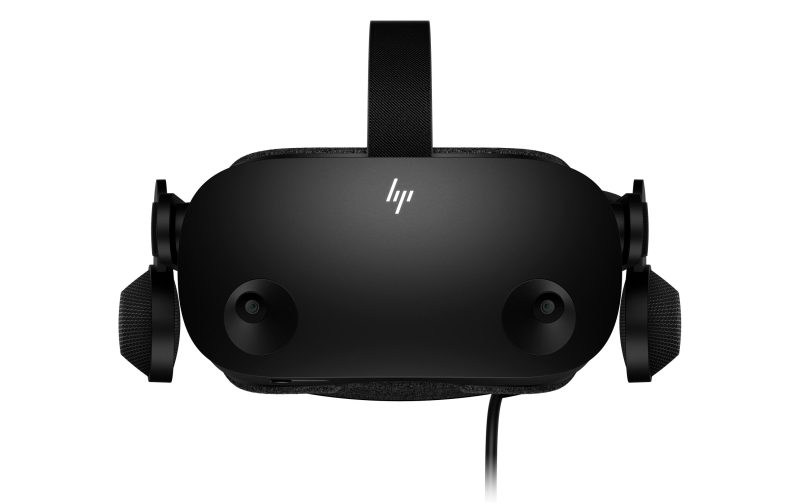HP and Valve have joined forces to develop a VR headset that works with several components of the Valve Index (Test) can score points. As with the high-end glasses, the open Spatial Sound earphones are included, which virtually float over the ears and emit an impressive 3D sound. Steam has also lent a hand with the lens technology and helped with the calibration. But the unique selling point of the 700-franc headset with integrated tracking is the extra-sharp image - with a resolution of 2160 × 2160 pixels per eye. Right away: the picture, the colours and the comfort of the G2 are on a very high level! Or to put it another way: sometimes it's just several factors that make for a good VR experience.
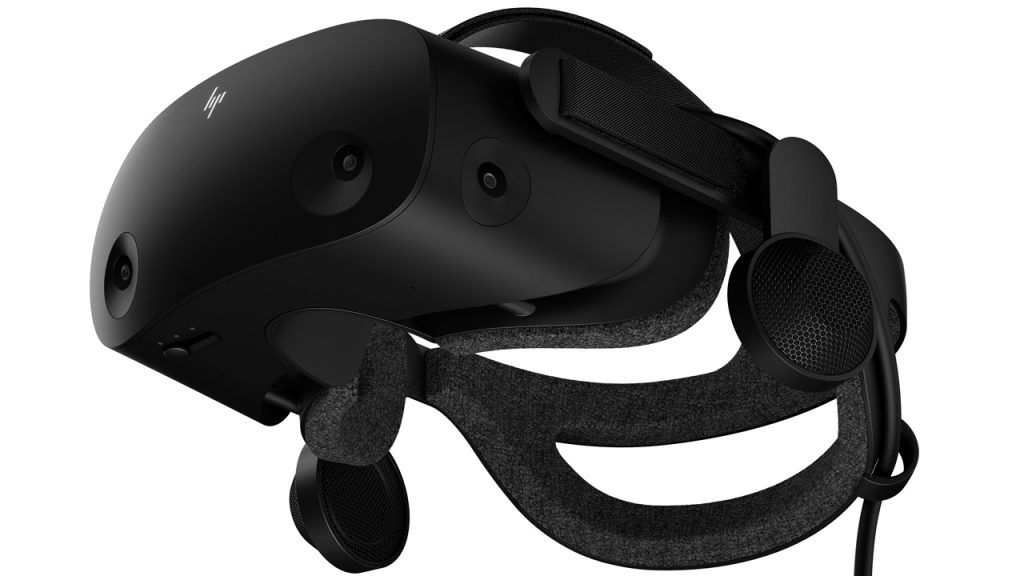
Many pixels for end users
HP's VR glasses, with their two 2K LED displays, fall back on the resolution of their predecessor. Astonishing: Even compared to higher-priced high-end glasses such as the Pimax 8K Plus and 8KX, the visual perception is very sharp. Fly screen effects are virtually absent, as with a Pimax 8K Plus. A similar picture emerges in direct comparison with the Cosmos Elite but also in comparison with the Oculus Quest 2 in PC streaming or Oculus Link mode. Particularly impressive: When you look at the hand implant up close in a game like "Half Life: Alyx" or crawl past mutants in dim environments, it becomes clear how sharp, bright and contrasty the action comes into its own, as the headset has a very good focus range.
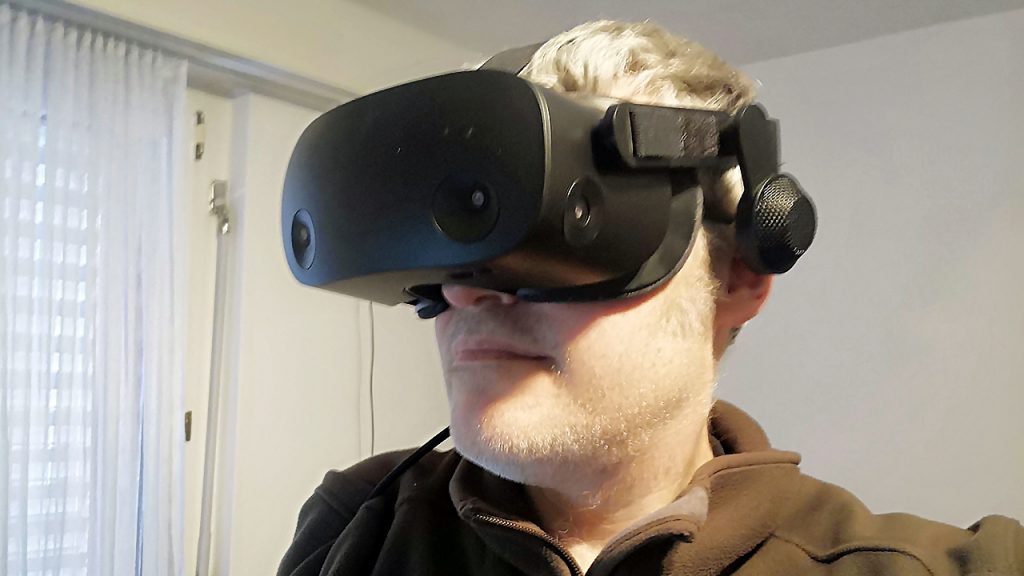
Large focus range, no large eye relief possible
The Reverb G2 also has a mechanical IPD control: A small luxury that was only included in earlier WMR headsets in better equipment such as the Samsung Odyssey. The adjustment range is 60 to 68 mm, which again could cause some criticism, as there are even larger eye distances in the 70/71 mm range. However, the image was very sharp with such a test subject, respectively the author. The sweet spot, or the area in which you focus, is therefore not exactly small. By the way, wearers of glasses with a maximum width of 14.5 cm can be pleased: the conditions are no longer as cramped as those of the first Windows Mixed Reality glasses. Small bonus: You can fold the glasses upwards, as with Cosmos Elite and earlier WMR glasses.
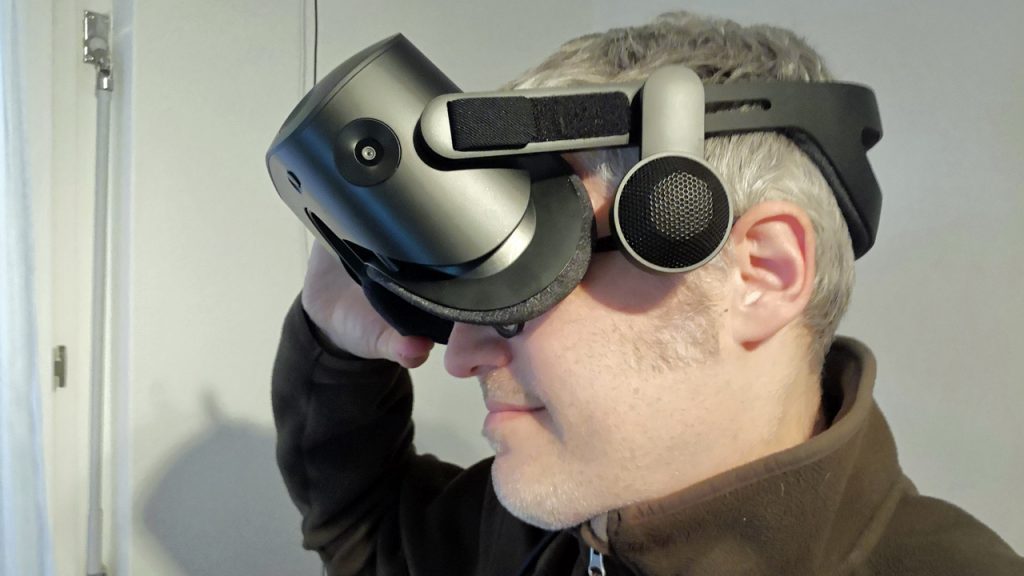
However, the horizontal field of view is limited. We only measured 95 degrees with test tools. Depending on the person, the distance between the two lenses or the display and the eyes is slightly different. Some may find the "tunnel vision" more extreme, others less. With the very first HP virtual reality glasses, we found the diving goggle effect more annoying. With the latest creation, however, it is also due to the padding, which restricts the field of vision a little on the left and right. The difference is already very noticeable with a Valve Index (130 degrees), while a Pimax 8K Plus with its huge lenses can cover a horizontal field of view of up to 170 degrees. With the Oculus Quest 1 and 2 and we estimate the Field of View to be roughly similar (95 to 100 degrees), also in comparison to the PSVR.
Wide field of view vs. narrow field of view
However, given the price range, the G2 can compete very well with a Cosmos Elite and Valve Index if a wide field of view is not so important to you as a casual gamer and you prefer a very bright, sharp image with good colour and black levels instead. A very wide FOV is more reserved for the premium class and may make sense for those gamers who enjoy flight simulations or genres where the eagle perspective can be an advantage.
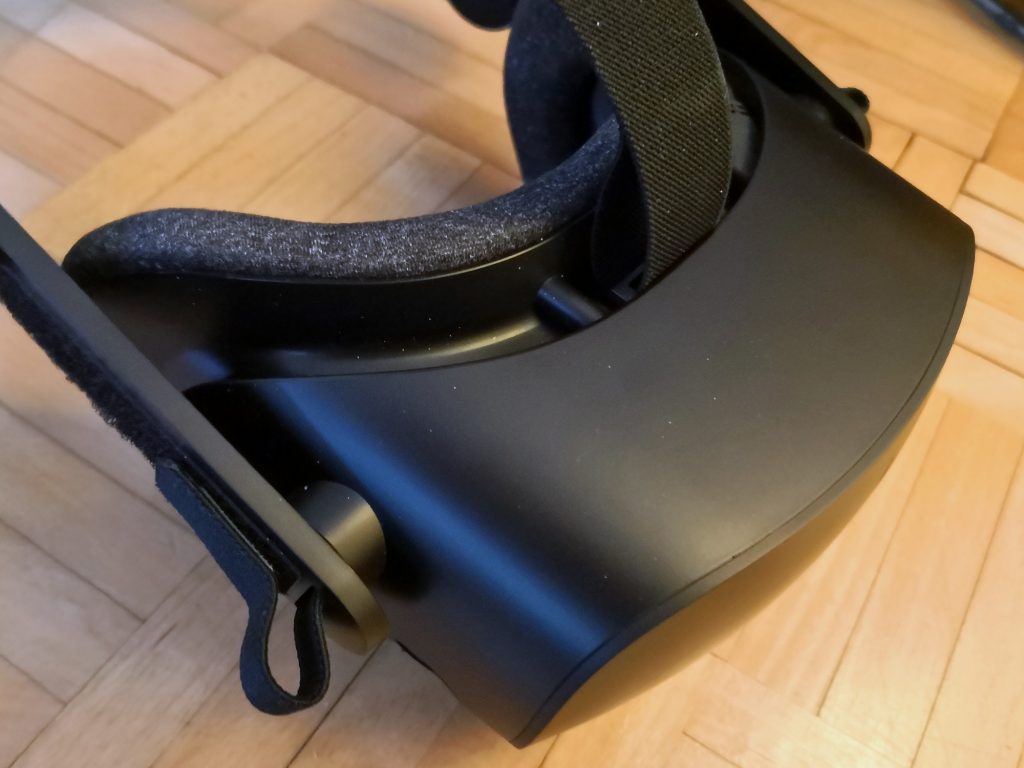
With the HP Reverb G2, the maximum refresh rate is 90 Hz. With the Valve Index, this refresh rate can be increased to 130 Hz via SteamVR, which has certain advantages for individual titles such as racing games. Here, too, there are players who claim to notice the faster frame rates, while others get less wind of it. In any case, games run consistently smooth with the Reverb G2 in the range of an RTX 2080 Ti.
Extra long cable
Chic: HP delivers the glasses in a classy black cardboard box. At six metres, the signal cable is also extremely long. The luggage also includes a mini DisplayPort to DisplayPort adapter, the Windows Mixed Reality Motion Controller, a USB-C to USB-A adapter and a power supply unit for the Mini-Link box. Incidentally, the face pad can be pulled out quite easily - just like on the Valve Index. Caution: It is possible to lose a small ring piece at the back of the headset when setting it up, but it is essential that you latch it back onto the glasses so that the annoying signal cable doesn't buzz around your ears.
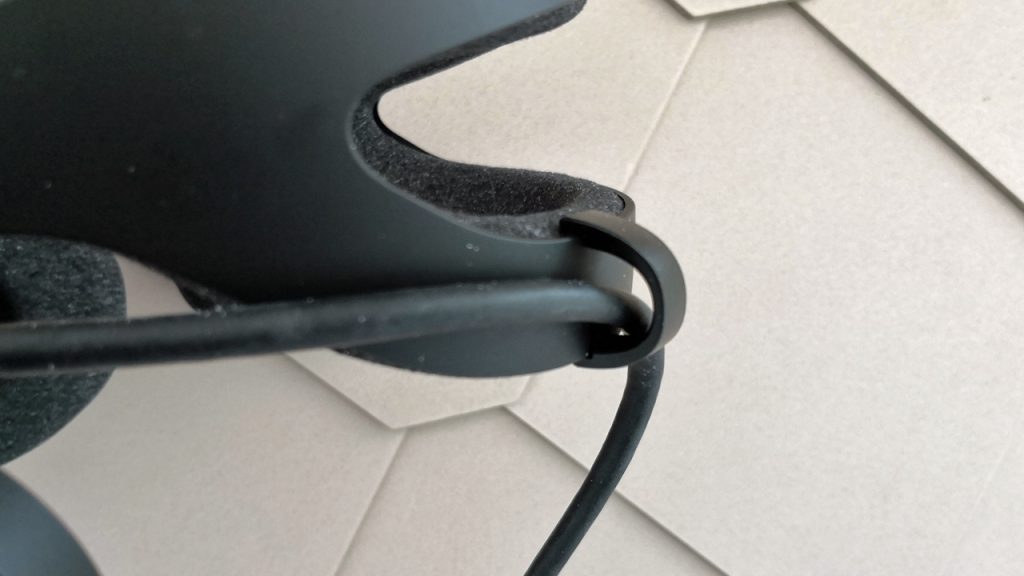
USB problems with AMD motherboards
You need a USB 3.0 port on the PC. In the test, we also found that the USB controllers of some AMD Ryzen motherboards can cause problems. HP USA explains this on the one hand with the length of the cable, so that depending on the harmony with the PC hardware in some cases a little more, sometimes a little less tolerance is granted. However, HP wants to take a closer look at the problem with the X570 AMD chipsets, as we were told on request. In our test, a USB-C port of a ROG RTX 2080 Ti graphics card from Asus happened to work (thanks Asus). After all, you don't always happen to have a USB 3.0 expansion card lying around. If you are confronted with similar problems, just try different USB ports or use an expansion card.
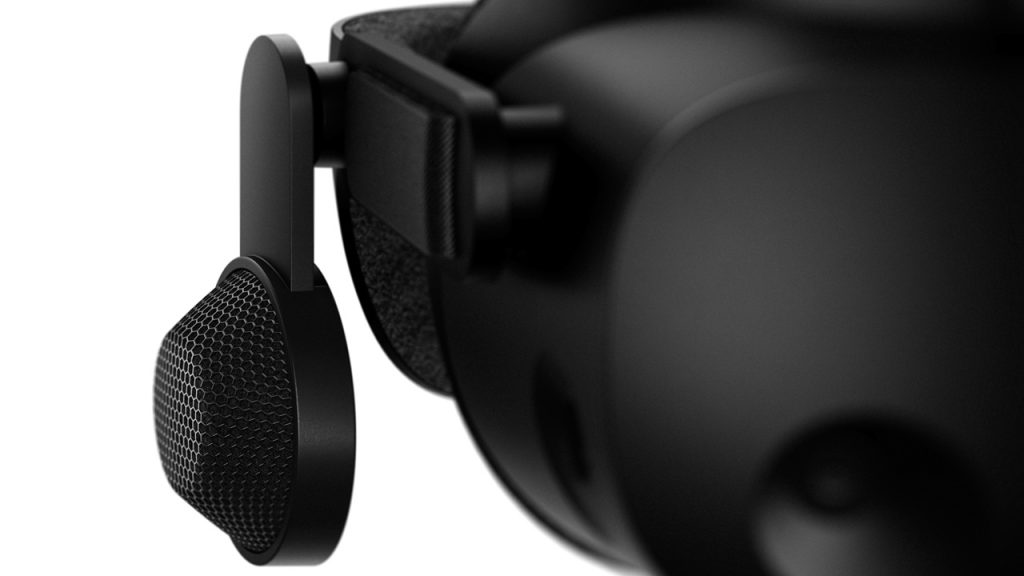
Revised controllers for the Windows 10 ecosystem
Once everything has worked, you land in Microsoft's virtual Windows Mixed Reality room. The WMR glasses were already criticised in the evolutionary phase of Microsoft's "Mixed Reality" word creation because of the comparatively low tracking capability of the headset cameras on the front (inside-out tracking). But we still remember that with the first Windows Mixed Reality glasses from Acer, Medion and HP & Co. the virtual weapons in shooters like "Arizona Sunshine" often floated away. The first era of these glasses for Windows 10 still had two small front cameras.
Better tracking, but not yet perfect
HP has sponsored another tracking camera on the side of each of its new VR goggles. And indeed, the tracking volume is now much better, as known "approximately" from the Oculus Quest 2 - but it is still not quite as good as one would wish for inside-out tracking.
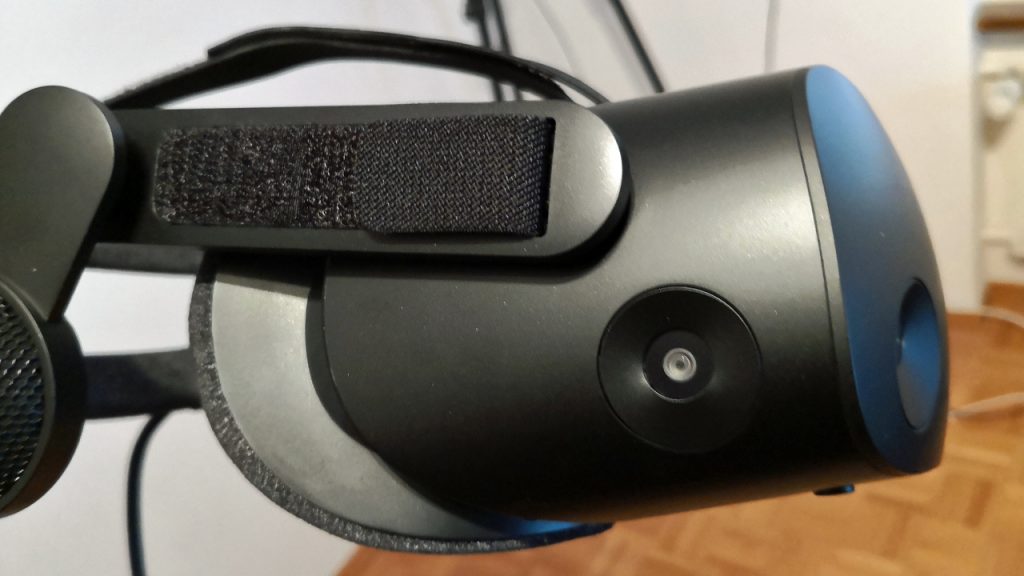
In fact, the controllers can still float away from you now and then. Particularly at the lower corners, outside the tracking area, i.e. exactly between the lateral and lower lenses, the two illuminated daggers still whiz away when they are only a few centimetres in front of the glasses. This can be annoying in tactical shooters, for example, when a lot of aiming water is required. Overall, however, the movement tracking has improved considerably.
In our test, we did not notice any loss of motion tracking in many "everyday games". Hardcore gamers who only want the best may see things differently. In this case, Lighthouse Tracking and thus another VR system like the Valve Index is definitely the better choice for exploring a very long and large game world like "Skyrim" with extreme precision, armed with bow and arrow.
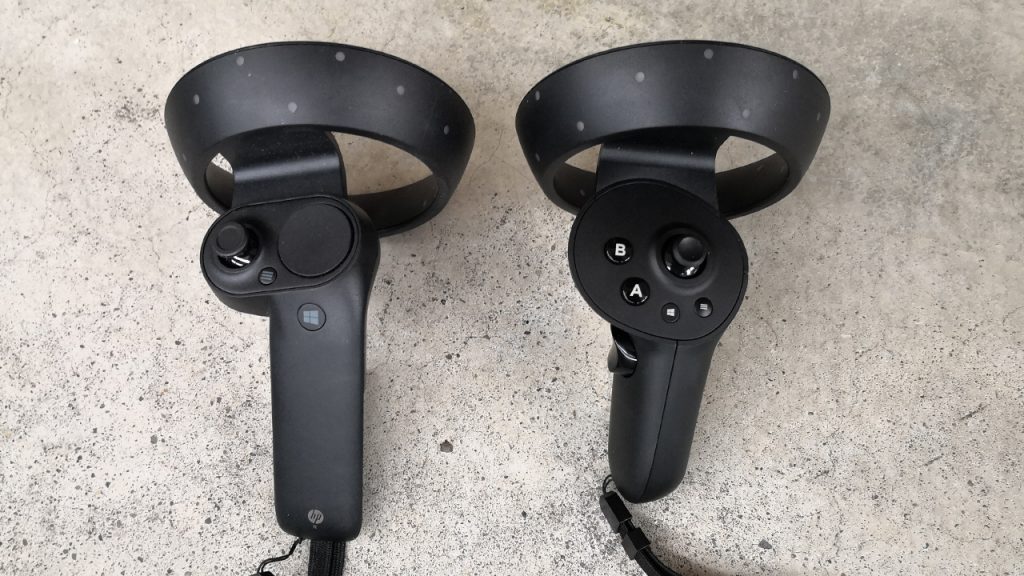
Two buttons take the place of the tracking pad. These indirectly bring with them the advantage that in principle you can play many Oculus titles perfectly on the WMR glasses via SteamVR using a tool called Revive. As with previous generations, however, the light tracking of the controllers still sucks very heavily on the batteries, so it's better to use four Triple-A batteries for recharging. Even with the revised grippers, the battery life is at best enough for 1-2 evenings of 3-4 hours each. It's annoying that you have to keep inserting two batteries every few days. It's reminiscent of Sega Game Gear times. But at least there is just enough time to refuel the next four batteries in a charger.
For desktop PCs: Bluetooth 4.0 required
The setup is more or less based on the first generation of Windows Mixed Reality glasses. According to HP, it is important to have loaded the very latest Windows 10 function updates. The installation is done via the tongue-twisting sounding "Windows Mixed Reality Portal App" from the Windows 10 software shop. Good to know: You need a Bluetooth 4.0 adapter on a stationary desktop computer.
The HP Reverb G2 is still being delayed in Switzerland due to delivery problems. However, there is good news: HP has confirmed to us on request that pre-orderers (probably mainly the first pre-orderers) should now probably receive their headset in Switzerland from mid-December. Meanwhile, the HP group is putting off pre-orderers via its resellers with a cashback promotion of 50 francs. That's nice.
Conclusion
ConclusionPRO
- Many pixels for VR beginners
- Simple setup
- Colours, black levels, brightness, contrast
- Good focus range (sweet spot)
- Best VR Audio Headset
CONTRA
- Narrow Field of View
- Still not the best WMR tracking
- Battery-hung WMR controller (still)
- No wireless VR possible





